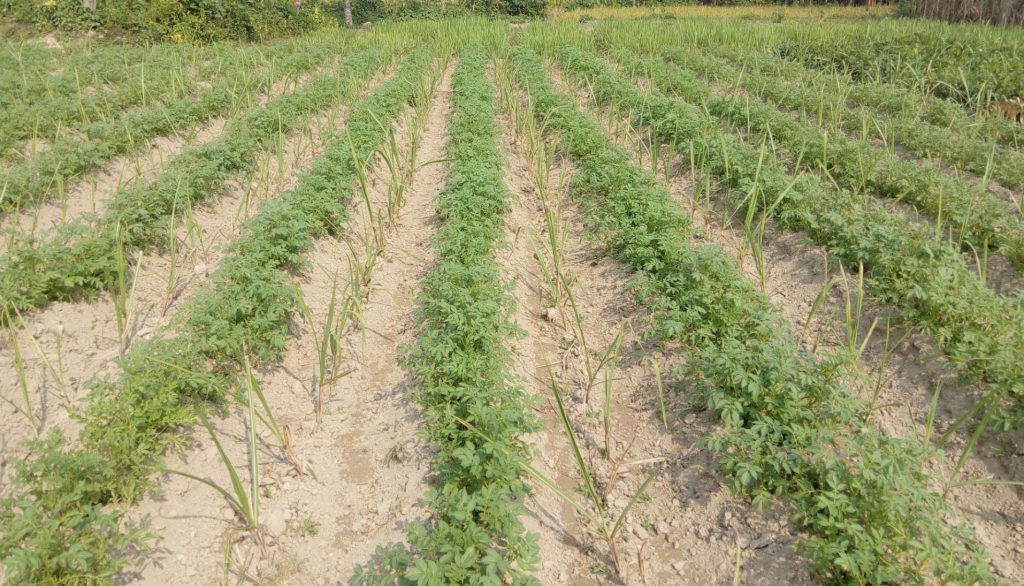Synergistic Cropping
When two crops are grown together, the yields of both crops are found to be higher than the yields of their pure crops on unit area basis known as Synergistic cropping. It is a type of inter cropping and uses principles of the same. Permaculture has a significant influence on Synergistic Cropping.
Example: Sugarcane and potato
What are Synergistic Effects?
Synergistic effects are the combined effects of at least two substances making an impact that is more significant than both could have shown by themselves. Etymology: from Greek “synergos”, meaning “working together”
Mulching is an important practice in Synergistic cropping because it prevents soil compaction and protects against the effects of excessive sunlight, rain, and wind. It also promotes the growth of microorganisms, particularly earthworms.
Mulch acts as a thermal cover, protecting the soil in both hot and cold weather.

Advantages of Synergistic Cropping
- Synergistic Cropping is a sustainable farming method and a type of inter cropping which boosts productivity and improve soil health.
- It is used to utilize synergistic effects to improve nutrient content and protect the environment.
- It improves the availability of microorganisms in the soil and the fertility of soil.
Read also…
INTER-CULTIVATION- MEANING AND TYPES
Intercropping- Definition, Example, Benefits